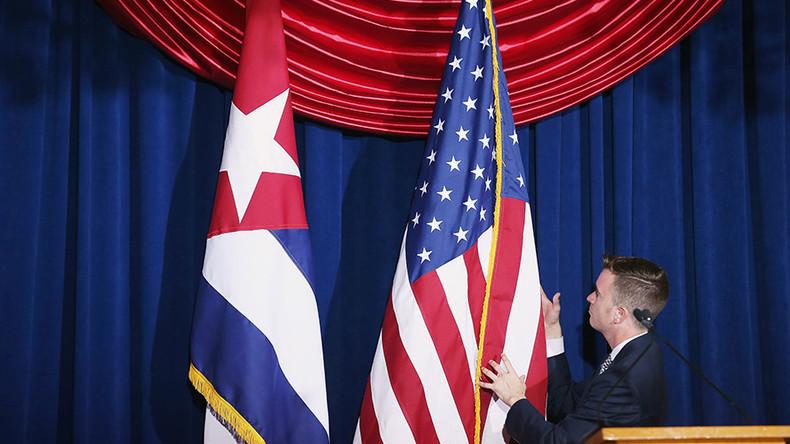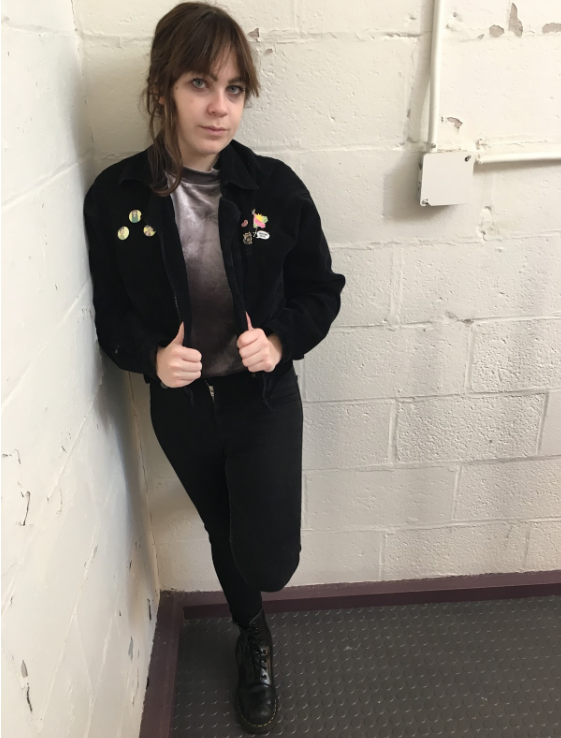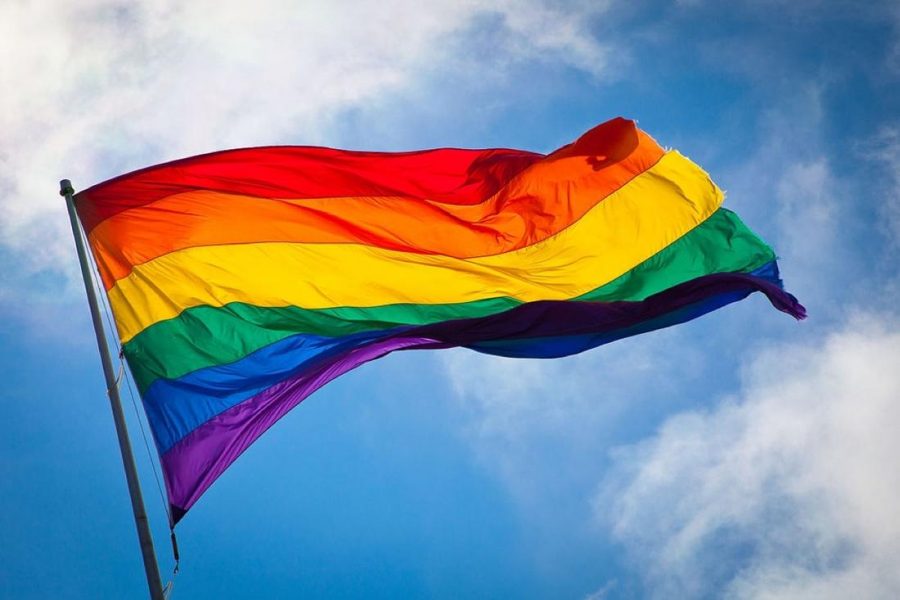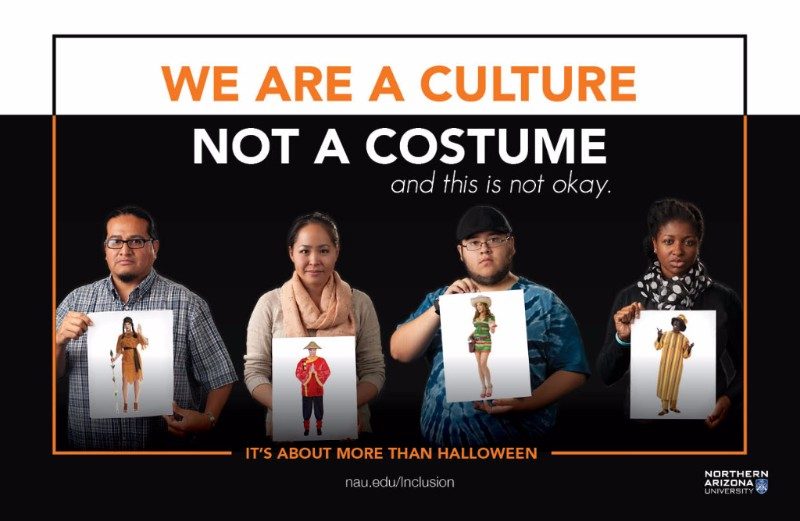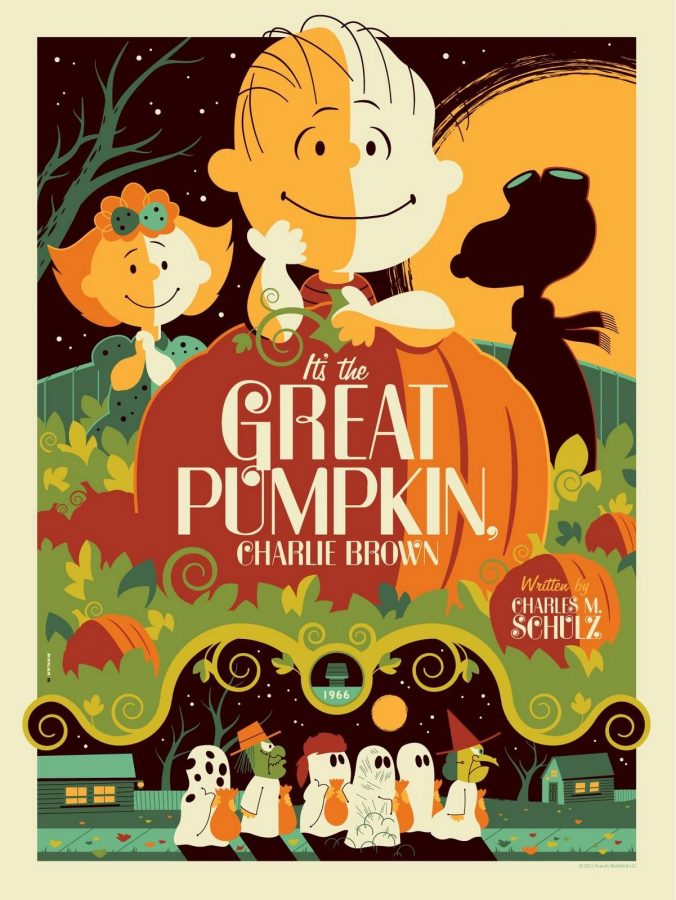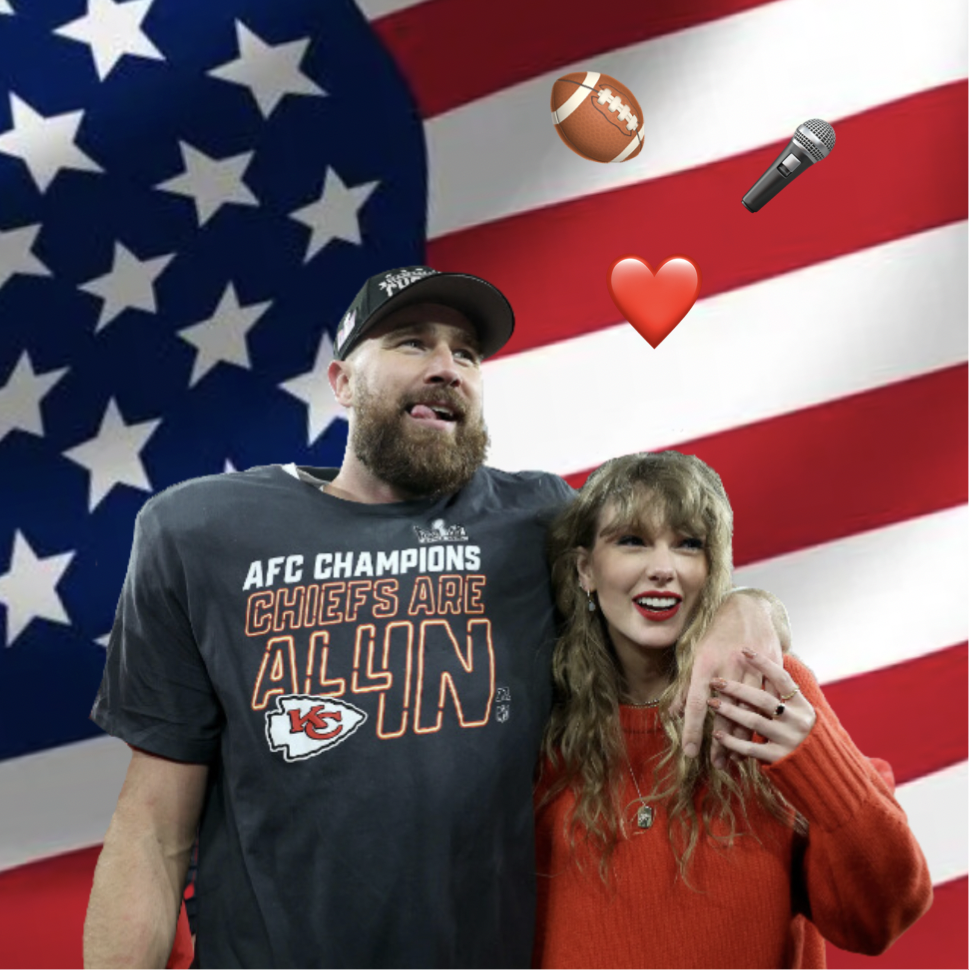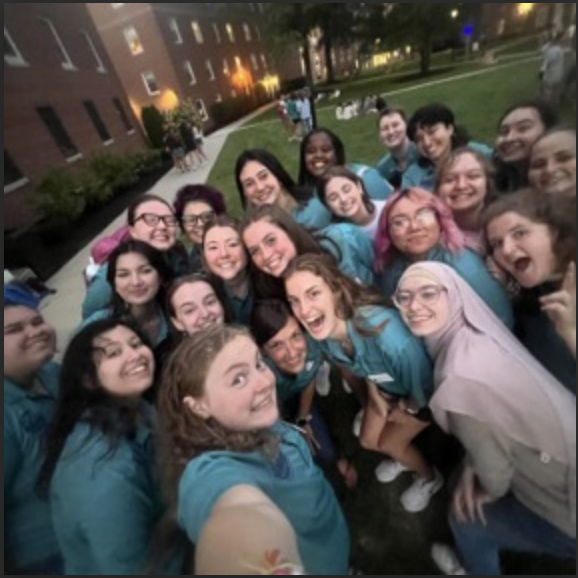By Harry Donnell
Staff Writer
Asexuality Awareness Week takes place from Oct. 19–25. This is a time to celebrate and spread awareness of identities on the asexual spectrum. Asexuality is defined as a lack of sexual attraction to any gender. Allosexuals, or those who identify with a sexuality outside of the asexual spectrum, may not be aware of the ways that mainstream sex and romantic culture build expectations that many cannot meet or do not identify with.
It is unfortunate that in the process of creating an asexual positive space, campaigns tend to ignore and belittle frequently associated identities. Aromantic, demiromantic and demisexual, and grey-aromantic and grey-asexual individuals are often isolated from these positivity campaigns.
Those who experience little or no romantic attraction are cut out of the discussion when people insist that “asexuals can still fall in love!” Some asexual aromantic individuals are treated as lesser in this case, which prioritizes romantic identities.
Aromantic spectrum experiences must also be respected. Aromantic people do not experience romantic attraction and may be asexual or allosexual. The pressures of a society that insists one engage in romantic and sexual activity and often in specific ways are shared by both aromantic and asexual people. These communities should seek to support each other and especially to support those whose identities intersect.
There is also an eagerness in these campaigns to distance asexuality from sex repulsion, mental illness, and trauma. Asexual people who are sex-repulsed, mentally ill, or have experienced trauma that informs their view of sexuality are invalidated when campaigns try to challenge commonly-held stereotypes. These attempts to dispel assumptions are at the cost of those who experience asexuality in a certain way.
What must be said to each asexual or aromantic spectrum individual is that there is not a right or wrong way to be asexual. Some asexuals are repulsed by sex and others are not. Some want to be in romantic relationships and some do not. Some have sex drive and others do not share this experience. Asexuals are simply people who do not experience sexual attraction.
It is also important to consider those on the asexual spectrum who can experience sexual attraction such as grey-asexual or demisexual people. Grey-asexuals rarely experience sexual attraction and demisexual individuals only experience sexual attraction after forming a close relationship with another person. These people may feel out of place in both asexual and allosexual spaces.
There is often a sense that they do not belong as they cannot identify with a so-called pure experience of asexuality. There is nothing wrong with those who experience a more fluid sexual or romantic orientation but strongly identify as asexual.
There are all kinds of asexuals and they are all valid, regardless of whether or not they fall into the popular asexual narrative.
It can be difficult to run a campaign which is all-inclusive, and that must be considered, but it seems that these campaigns do not seek to destigmatize ace identities buwt to make them more palatable.
More information about Asexuality Awareness Week can be found on asexualawarenessweek.com.





